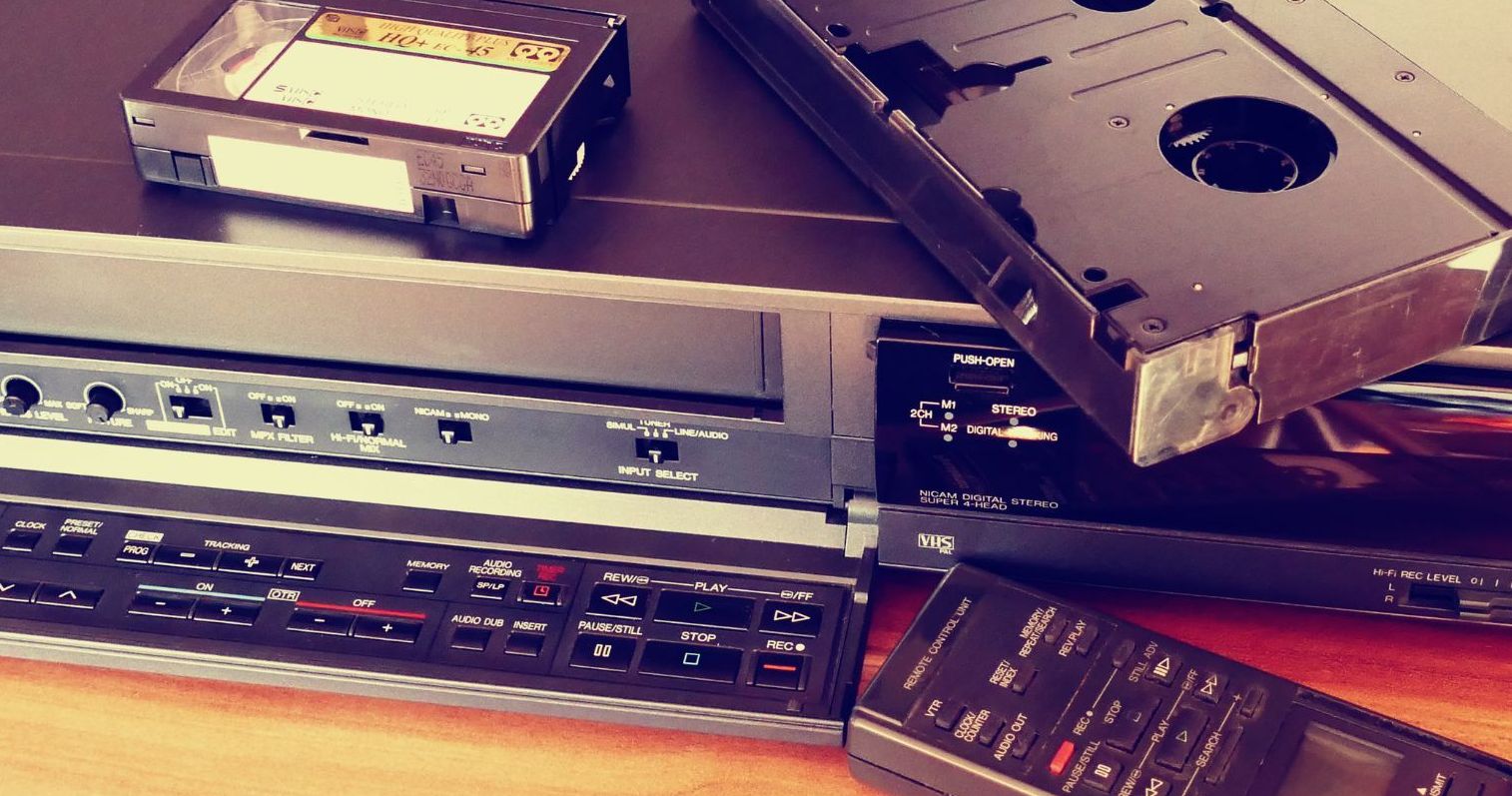
Cool Stuff | Shared | Pop Culture | 00s | 90s | 80s | 70s | Retro
The Digital Revolution in Video: A Timeline of Key Innovations Between 70s and 00s

The digital revolution has had a profound impact on the way we watch and consume video. From the early days of analog television, where viewers were beholden to a rigid schedule of programming, to the modern era of streaming, where we have access to a vast library of content on-demand, technology has reshaped our video experience.
This progression highlights the transformative power of innovation, as technological advancements have not only enhanced our viewing options but also democratized video creation. It was empowering individuals to share their stories and experiences.
1970s: Pioneering the Digital Video Revolution
The 1970s saw the introduction of several key technologies that would pave the way for the digital revolution in video.
In 1971, the first commercially available VCR was released, allowing people to record and watch TV shows and movies at their convenience. This was a major breakthrough, as it gave viewers more control over their viewing experience.
Another important development in the 1970s was the release of the CCD (charge-coupled device) image sensor. CCD sensors are used in digital cameras and video cameras to convert light into an electrical signal that can be processed by a computer.
1980s: Digital Video Takes Center Stage
The 1980s continued the development of digital video technology.
In 1981, Sony released the first Betacam camcorder, which was the first professional digital video camera. Betacam was quickly adopted by broadcasters and filmmakers, and it played a major role in the transition from analog to digital video.
Additionally, a significant step forward in 1988 was the introduction of the MPEG (Moving Picture Experts Group) video compression standard. MPEG compression allows video to be stored and transmitted more efficiently, which was essential for the development of digital video broadcasting and streaming.
1990s: Digital Video Goes Mainstream
The 1990s was a decade of rapid innovation in the digital video industry.
In 1991, the first digital video editing software (Adobe Premiere) was released, allowing users to edit and manipulate digital video on a computer. This was a major breakthrough, as it made digital video production more accessible and affordable.
Moreover, a game-changing breakthrough in the 1990s was the invention of the DVD (Digital Versatile Disc) format. DVDs offer much higher quality video and storage capacity than VHS tapes, and they became the preferred format for watching movies at home.
2000s: The Digital Video Revolution Matures and Transforms
The 2000s saw the rise of digital video streaming. In 2005, YouTube was launched, allowing users to upload and share videos online. This was a major turning point in the way people watch video, as it gave viewers access to a vast library of content from all over the world.
Another important milestone in the 2000s was the introduction of high-definition (HD) video. HD video offers much higher resolution and image quality than standard definition video. HD video quickly became the standard for broadcasting and streaming, and it has revolutionized the way we watch video.
Beyond the Technical Innovations
The digital revolution in video has made it possible for anyone to create and share high-quality videos, even without professional equipment. This has led to a boom in stock video footage, which can be used to create engaging and professional-looking videos without having to shoot your own footage.
The digital revolution has also created new opportunities for businesses and organizations. Video can be used to market products and services, to communicate with customers, and to train employees. Video is a powerful tool that can be used to reach a global audience.
The future of video is bright. With the continued development of new technologies, we can expect to see even more innovative and engaging video content in the years to come.